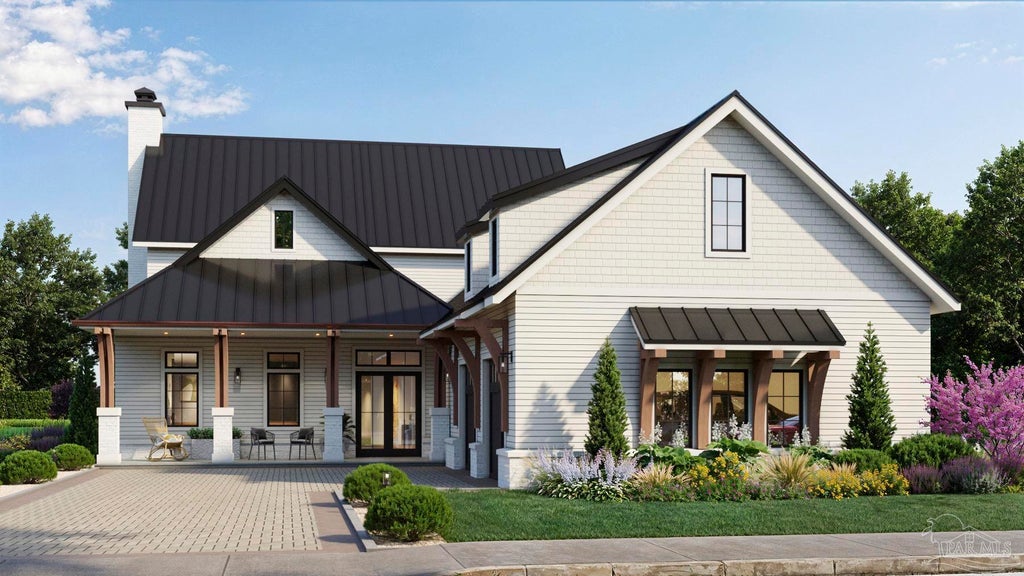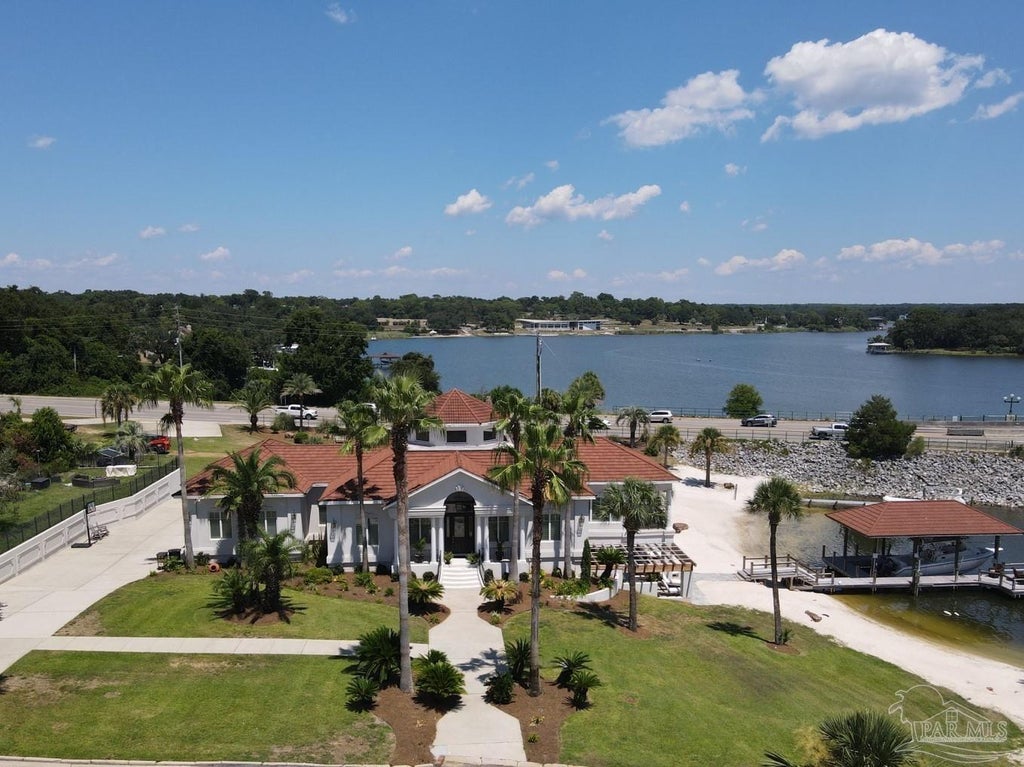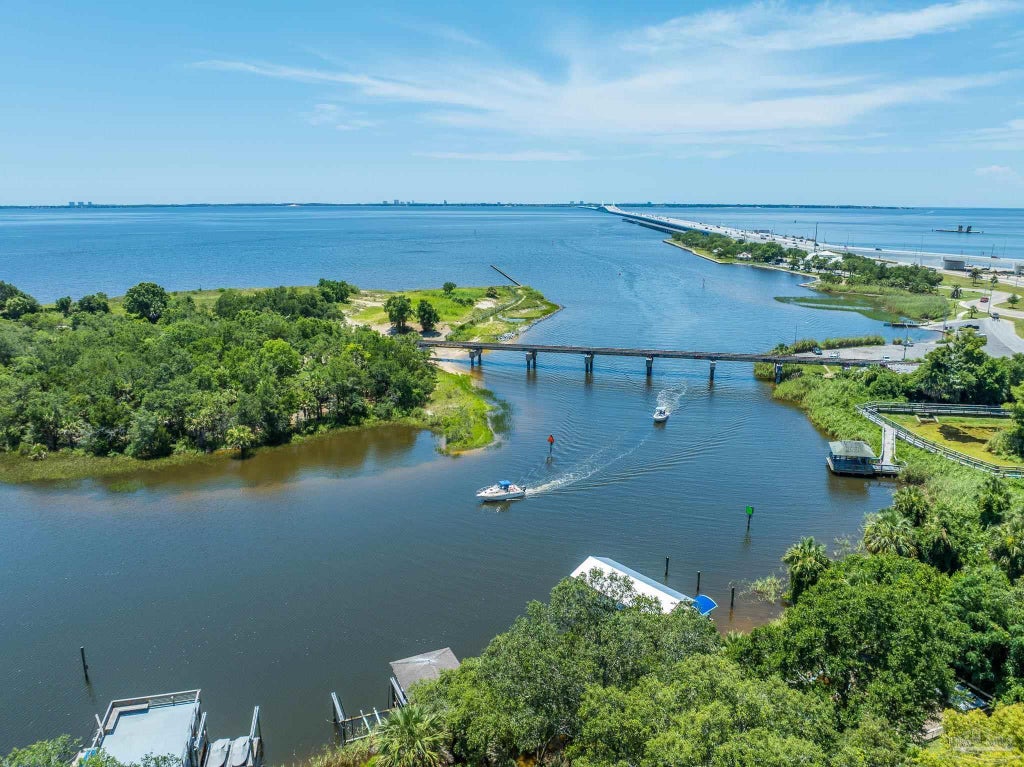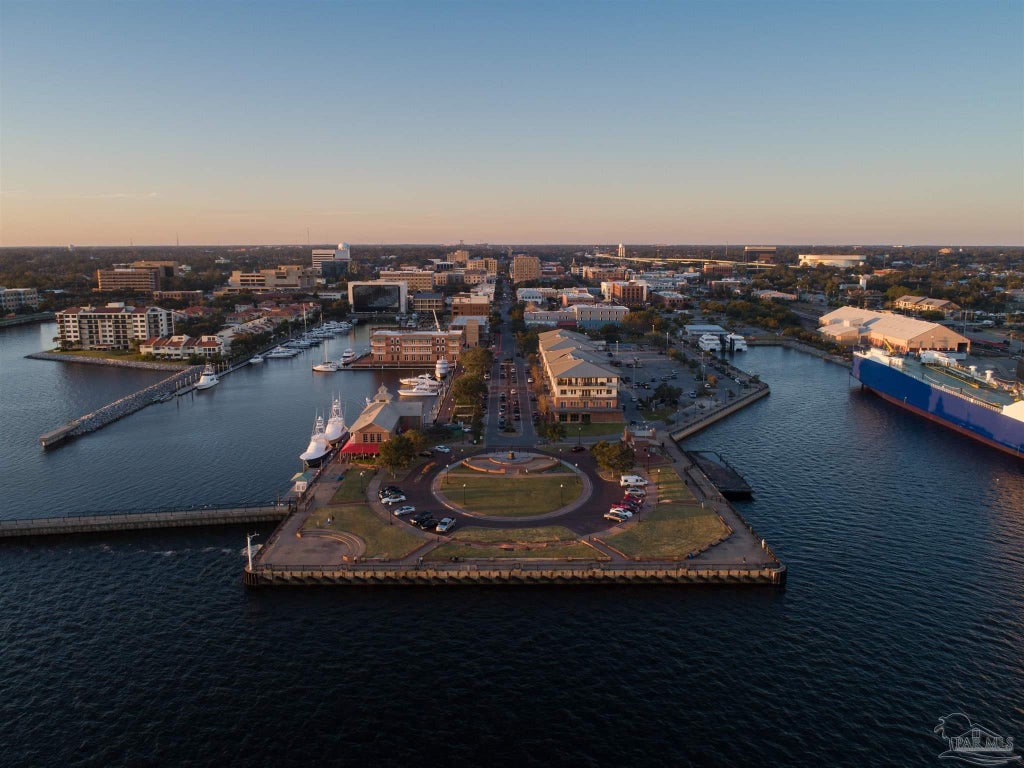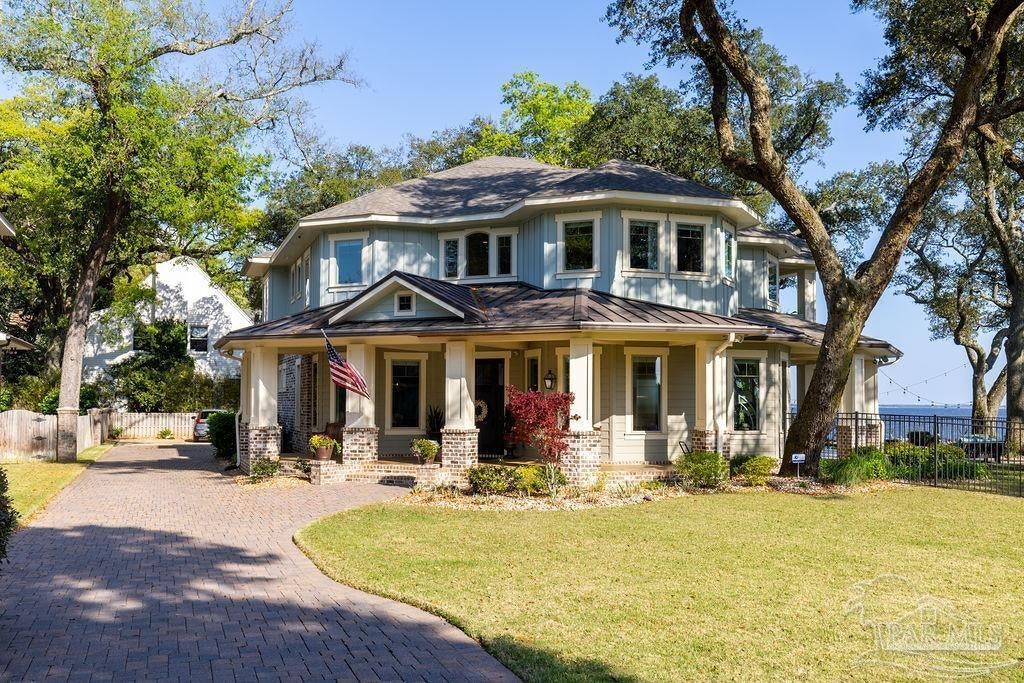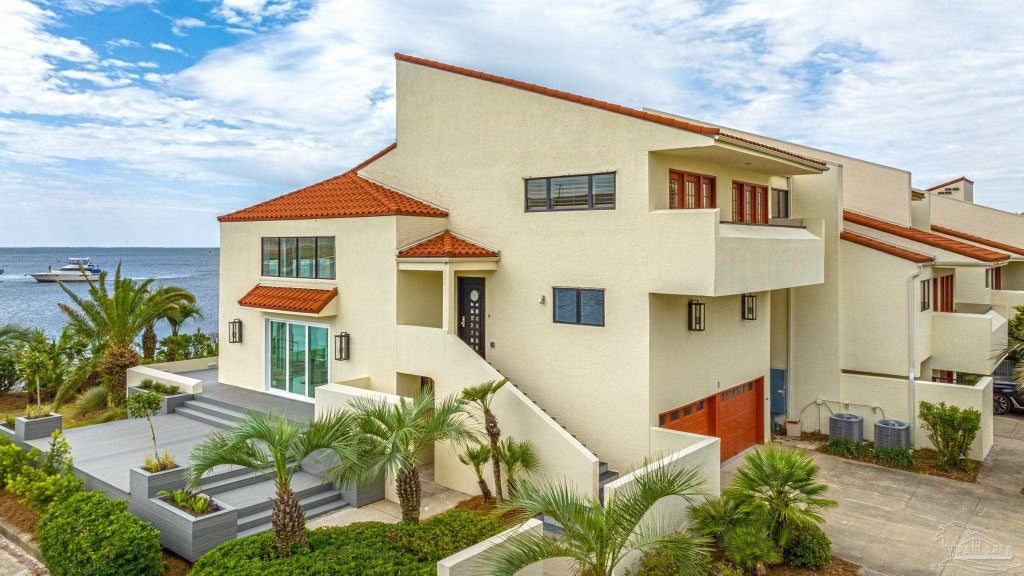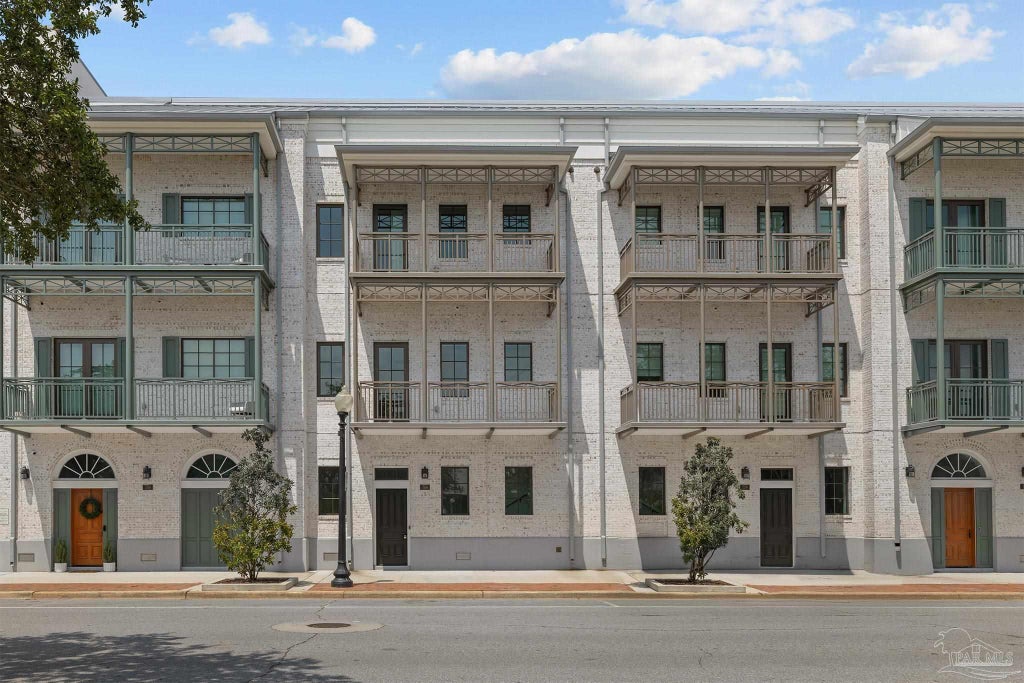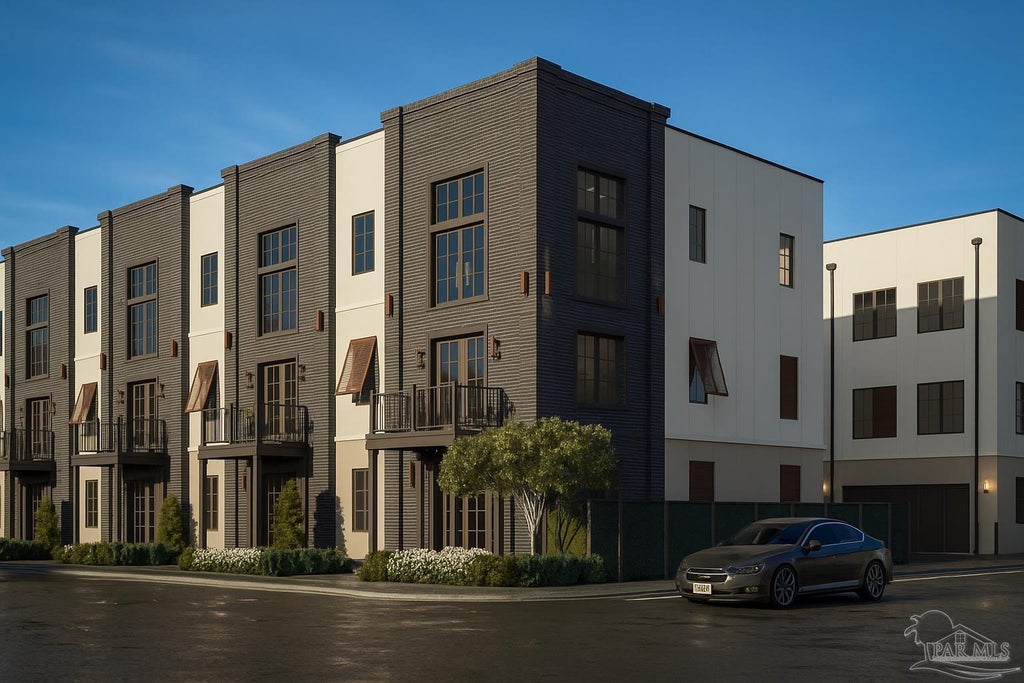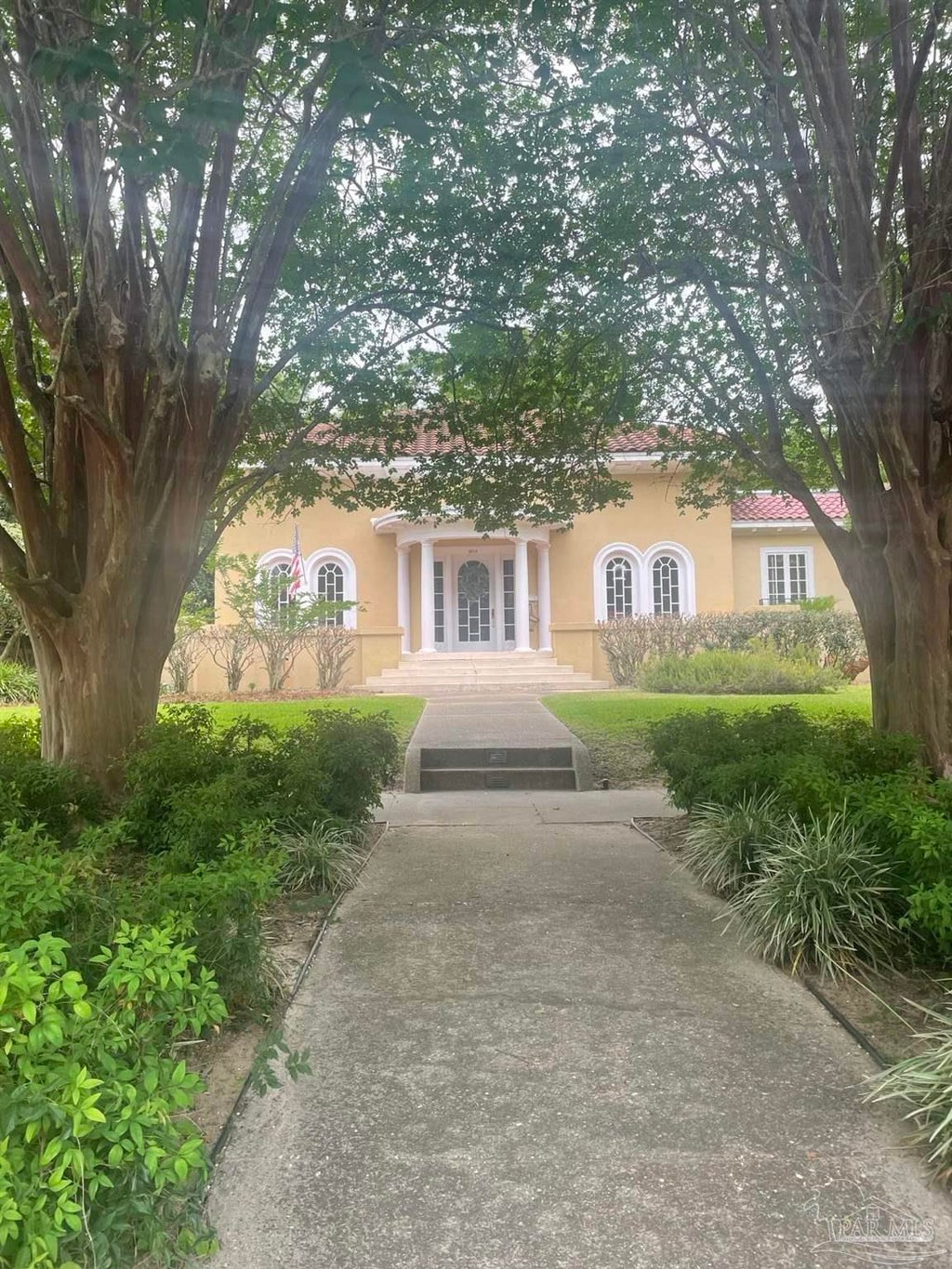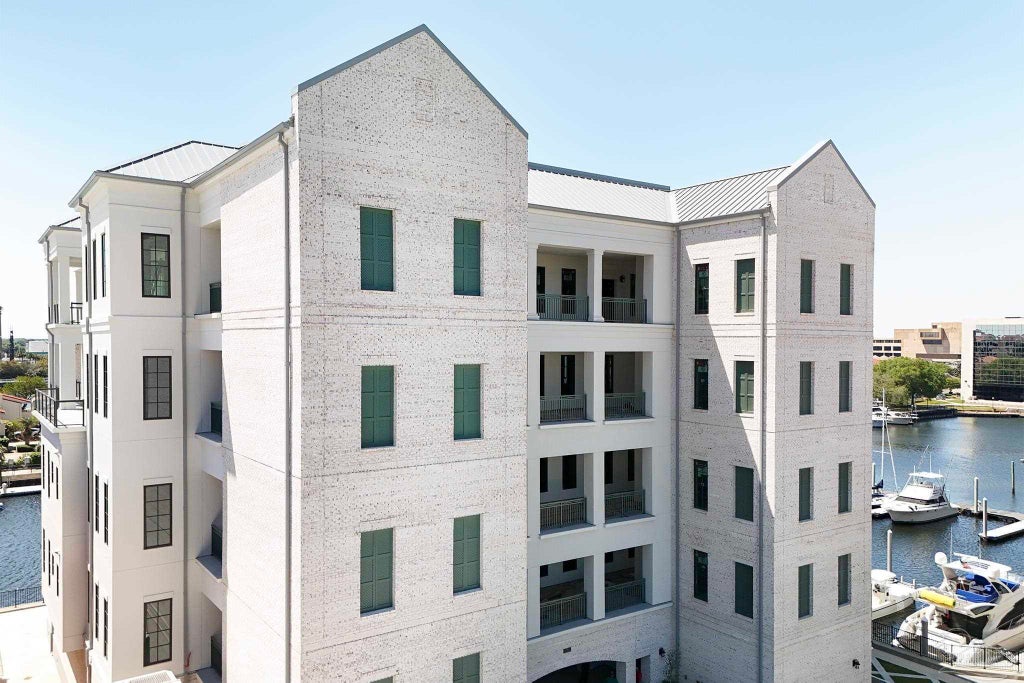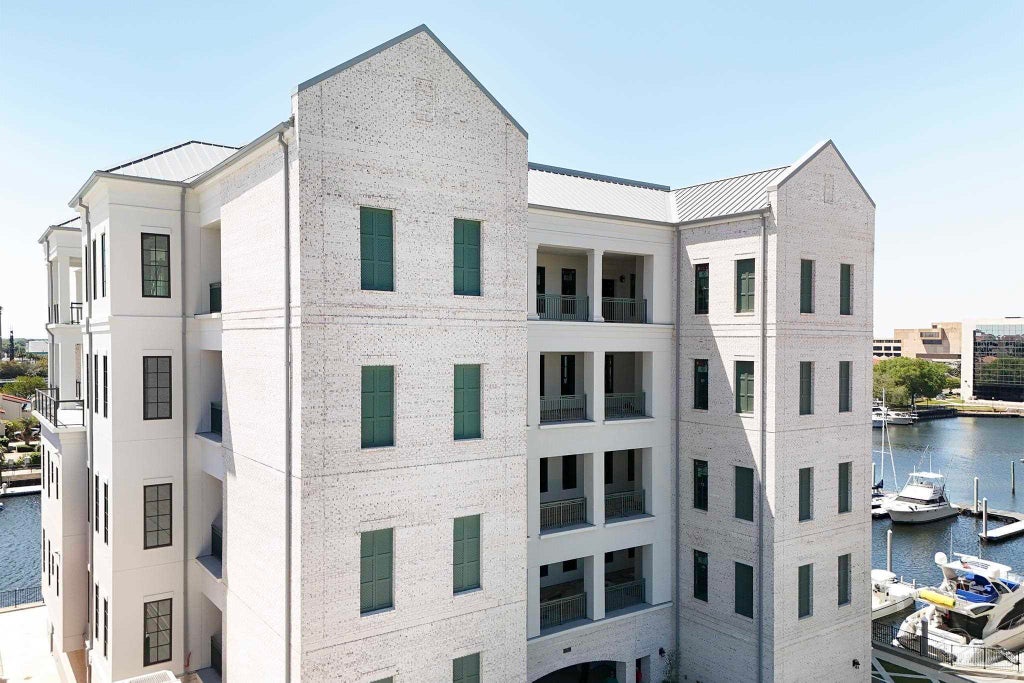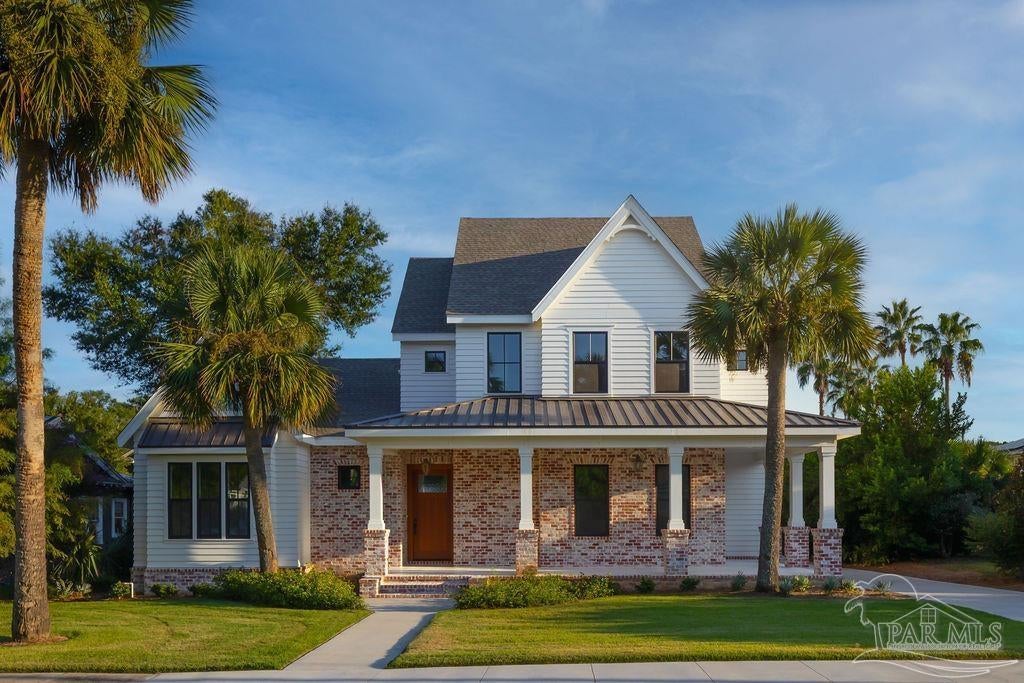Historic Districts of Downtown Pensacola, Florida
_(800_x_150_px)_(2).gif)
When you explore downtown Pensacola, you step into one of the South’s most beautifully preserved coastal cities. The charm of brick streets, wrought-iron balconies, and centuries-old oak trees still defines the heart of the city. Pensacola’s historic districts aren’t just about architecture—they’re about preservation, culture, and a deep respect for place.

As someone who spends much of my time helping buyers and investors find the right coastal properties across the Gulf Coast, I often get questions about where the historic districts begin and end, and what those boundaries mean for building, renovation, and long-term value. Here’s an overview to help you navigate these special neighborhoods and understand the distinctions that make each one unique.
Along the waterfront, newer construction has introduced a modern coastal vernacular—crisp stucco façades, glass railings, and open-concept interiors designed for panoramic views and resilience against Gulf weather. Many builders in these neighborhoods are blending historic proportion with modern performance, achieving a balance that feels both timeless and forward-looking.
Pensacola’s Historic Core: The Seville and Pensacola Historic Districts
The heart of historic Pensacola lies between Palafox Street on the west, 9th Avenue on the east, Chase Street to the north, and Pensacola Bay to the south. This 36-block area includes Seville Square, a beloved green space surrounded by Colonial-era homes, museums, and galleries. Many locals and preservationists refer to this entire area as the Pensacola Historic District or simply Seville.
If you’ve ever strolled beneath the oaks near Historic Pensacola Village, you’ve seen how carefully the city protects this district’s architectural character. From early Creole cottages to Victorian homes and Federal-style storefronts, every façade tells a piece of Pensacola’s story.
The Palafox Historic District
Running north and south through the center of downtown, Palafox Street forms the commercial backbone of the city and holds its own designation as the Palafox Historic District.
Bounded by Chase Street to the north and Main Street to the south, and stretching west to Spring Street, this corridor is home to many of the beautifully restored buildings that now house restaurants, galleries, and boutique hotels. Think of it as the Main Street spine of downtown Pensacola—one that seamlessly connects history, commerce, and culture.
North Hill Preservation District
Just a few blocks north of Garden Street, North Hill rises gently into one of Pensacola’s most architecturally rich neighborhoods. Its borders run roughly from Wright Street north to Blount Street, between Palafox and DeVilliers Streets.
North Hill is a neighborhood of grand porches, deep setbacks, and historic homes dating from the late 1800s through the early 20th century. It remains a highly desirable residential area for those who want both architectural heritage and proximity to downtown.
Old East Hill Preservation District
To the east of Seville lies Old East Hill, a graceful mix of historic cottages and craftsman bungalows. Its general boundaries stretch from Wright Street north to Gadsden Street, and Hayne Street east to 9th Avenue.
Many homeowners here have embraced restoration, blending historic charm with modern interiors and lush coastal landscaping. The district’s preservation rules are designed to protect the neighborhood’s integrity while still allowing thoughtful updates—something that helps maintain both its character and value.
Governmental Center District
Adjacent to the Palafox corridor and the Civic Center, the Governmental Center District covers roughly Garden Street to the north, Cedar Street to the south, Baylen Street to the east, and Coyle or DeVilliers Streets to the west.
While less residential, this district includes many civic and public buildings that adhere to design review standards, ensuring that even modern development respects Pensacola’s historic scale and streetscape.
How These Districts Interconnect
Each of these districts tells a different chapter of Pensacola’s story.
-
Seville Square and the Pensacola Historic District preserve the oldest Spanish and British colonial influences.
-
Palafox Street captures the city’s mercantile rise and 19th-century revival.
-
North Hill and Old East Hill showcase early residential expansion, where carriage houses once dotted tree-lined streets.
-
The Governmental Center District reflects civic progress, maintaining continuity between history and modern governance.
Together, they create a walkable mosaic that makes Pensacola one of the most intact and charming downtowns on the Gulf Coast.
What This Means for Buyers and Builders
Owning or developing within one of these districts often means working within design review guidelines. The City of Pensacola’s Architectural Review Board (ARB) oversees exterior changes, additions, demolitions, and new construction in designated zones.
As a homeowner or builder, it’s important to understand:
-
Setbacks, building heights, and façade materials are often regulated.
-
Demolition or significant modification requires ARB approval.
-
Zoning and use restrictions are tailored to preserve the character of the neighborhood.
-
Historic design incentives may be available for restoration work or adaptive reuse.
For investors or renovators, these rules add both structure and long-term value. Buyers often find that historic properties hold steady resale strength because their environments remain so carefully protected.
Browse Pensacola Communities and Surrounding Areas
- Aragon Park
- Gulf Breeze
- Historic Districts
- Innerarity Point
- La Serena on Perdido Key
- Lost Key Golf and Beach Club
- Mediterranean at Perdido Key
- Palafox Street
- Portofino Island Resort and Spa
- Vista Del Mar
- Yacht Harbour
- Pensacola
- Pensacola Condos
- Perdido Key
- Perdido Key Coves
- Seville Historic District
Living, Investing, and Preserving
Many of my clients who purchase in downtown Pensacola do so for more than the home itself—it’s about becoming part of the story. Whether you’re drawn to the shaded streets of North Hill, the waterfront grace of Seville Square, or the vibrant energy of Palafox, each district offers a distinct lifestyle tied to the rhythm of the Gulf Coast.
If you’re exploring opportunities in Pensacola or other historic Gulf Coast towns, I’d be glad to help you understand preservation boundaries, restoration options, or new construction opportunities within these treasured areas. You can also explore nearby markets like Orange Beach — https://www.searchthegulf.com/orange-beach/, Ono Island — https://www.searchthegulf.com/ono-island/, and Gulf Shores — https://www.searchthegulf.com/gulf-shores/ to compare coastal property dynamics.
Let’s Talk About Your Next Chapter
If you’re planning to purchase, restore, or list a home in Pensacola’s historic districts, I can help you navigate everything from ARB approvals to property valuation and marketing. The key to success in these neighborhoods is understanding the relationship between design, regulation, and the stories that shape each street.
Disclaimer:
This information is provided for educational and general real estate guidance. Buyers and builders should always verify district boundaries, zoning, and historic preservation requirements directly with the City of Pensacola Planning and Zoning Department and Architectural Review Board (ARB) before beginning any project.

#searchthegulf #meredithfolger #becausewelivehere

.gif)
Ask A Question or Sign Up To See New Real Estate Listings Before Your Competition
When it comes to finding the home of your dreams in a fast-paced market, knowing about new listings as soon as they are available is part of our competitive advantage.Sign up to see new listings in an area or specific community. Contact Meredith with any questions you may have.

.33.jpg)
